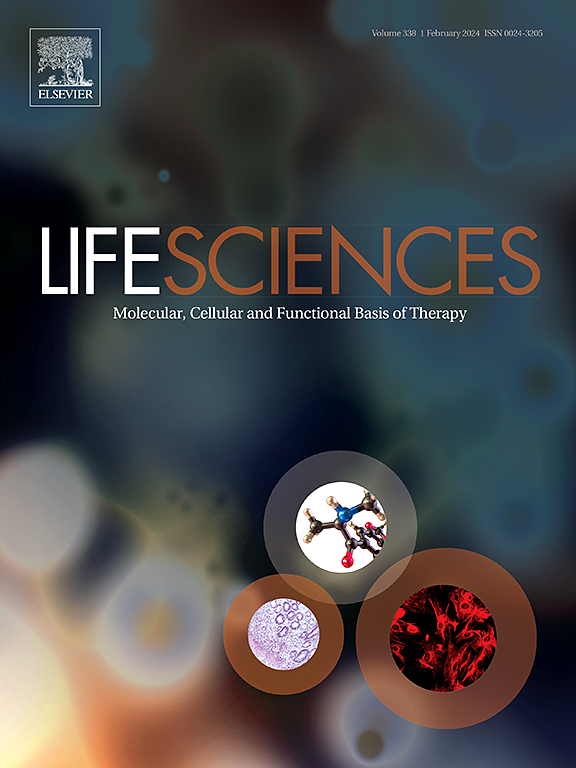GLDC alleviates cisplatin-induced apoptosis, cellular senescence, and production of reactive oxygen species via regulating UCP1 in the kidney
IF 5.2
2区 医学
Q1 MEDICINE, RESEARCH & EXPERIMENTAL
引用次数: 0
Abstract
Aims
Glycine decarboxylase (GLDC) is a mitochondrial enzyme that mediates the degradation of glycine as part of the glycine cleavage system. Although GLDC expression in the kidney is second highest next to the liver, very little is known as to the role of GLDC in the kidney. Thus, this study aimed to elucidate the role of GLDC in the kidney.
Materials and methods
HK-2 renal proximal tubular cells with GLDC overexpression and knockdown were established to investigate function of GLDC in cells treated with cisplatin (CP). For in vivo experiments, C57BL/6J mice were used in a CP-induced AKI model, with and without treatment with (aminooxy)acetic acid (AOAA), a GLDC inhibitor.
Key findings
We found that GLDC overexpression attenuated CP-induced apoptosis, cellular senescence and production of reactive oxygen species (ROS) in HK2 cells, while GLDC knockdown aggravated these effects. Moreover, GLDC overexpression stimulated proliferation of HK-2 cells, while GLDC knockdown attenuated cell growth. Mechanistically, we found that effects of GLDC are mediated via modulating mitochondrial uncoupling protein 1 (UCP1). GLDC overexpression increased UCP1, while GLDC knockdown decreased UCP1. Knockdown of UCP1 reversed GLDC-mediated attenuation of CP-induced cellular senescence and ROS production. Treatment of AOAA into acute kidney injury (AKI)-induced mice aggravated AKI injury, increasing biomarkers, fibrosis and senescence associated-β-galactosidase staining.
Significance
GLDC protects CP-induced apoptosis, cellular senescence, and ROS production in proximal tubular cells via a UCP-mediated pathway and lays a scientific foundation that could support a therapeutic strategy that targets GLDC for the treatment of cisplatin-induced AKI.

求助全文
约1分钟内获得全文
求助全文
来源期刊

Life sciences
医学-药学
CiteScore
12.20
自引率
1.60%
发文量
841
审稿时长
6 months
期刊介绍:
Life Sciences is an international journal publishing articles that emphasize the molecular, cellular, and functional basis of therapy. The journal emphasizes the understanding of mechanism that is relevant to all aspects of human disease and translation to patients. All articles are rigorously reviewed.
The Journal favors publication of full-length papers where modern scientific technologies are used to explain molecular, cellular and physiological mechanisms. Articles that merely report observations are rarely accepted. Recommendations from the Declaration of Helsinki or NIH guidelines for care and use of laboratory animals must be adhered to. Articles should be written at a level accessible to readers who are non-specialists in the topic of the article themselves, but who are interested in the research. The Journal welcomes reviews on topics of wide interest to investigators in the life sciences. We particularly encourage submission of brief, focused reviews containing high-quality artwork and require the use of mechanistic summary diagrams.
 求助内容:
求助内容: 应助结果提醒方式:
应助结果提醒方式:


